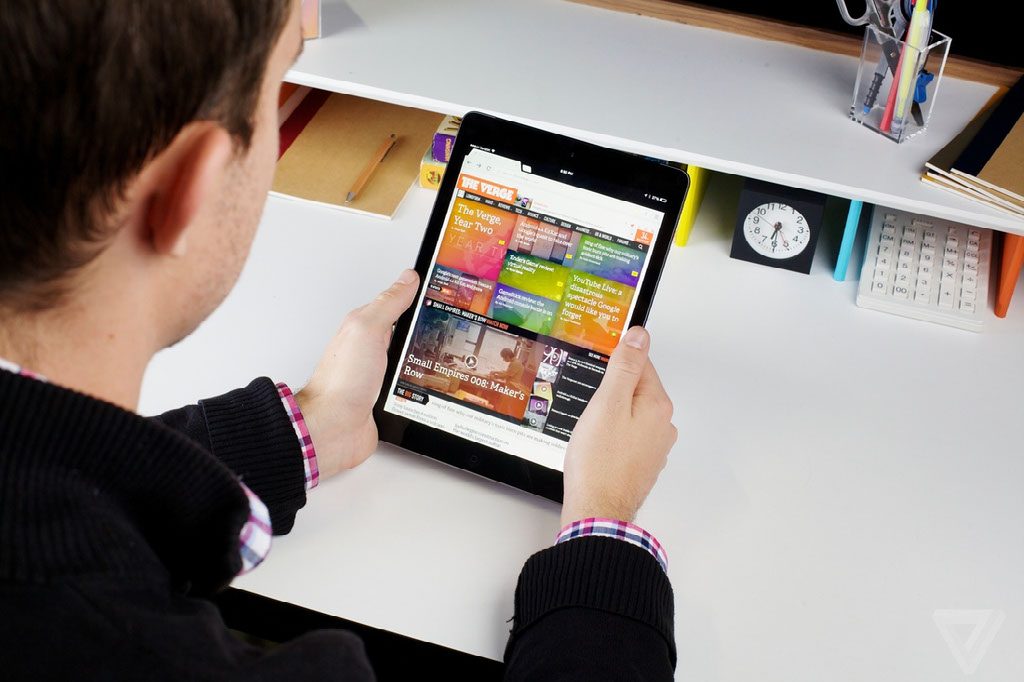
Human usability testing is an important step in the design process for any website, and it is especially important when it comes to artificial intelligence (AI)-generated web design. This is because AI-generated design can sometimes produce results that are unexpected or that do not meet the needs and expectations of users,
Usability testing allows designers to gather feedback from real users about the usability and effectiveness of a website or application. This can help identify any issues or areas for improvement, and ultimately lead to a better user experience and website that pay dividends.
When conducting usability testing for an AI-generated web design, it is important to consider the human factor. Peoples needs have to be taken into account and any pain points that are identified, need to be resolved with solid design.
You need to set clear goals and objectives for the usability testing. It is important to have a clear understanding of what you want to achieve with the usability testing. This could include identifying any issues with the AI-generated design, or gathering feedback on specific aspects of the design. some examples could be color contrast issues for accessibility that AI can’t identify.
It is important to select participants who are representative of your target audience. This will help ensure that the feedback you receive is relevant to the users who will be using the website or application. Be sure that the design is accessible. Be certain that design elements are usable by a screen reader.
There are many different methods for conducting usability testing, including focus groups, user interviews, and usability testing sessions. AI can’t speak to people during testing. It can’t empathize when a pain point is encountered or read the emotions on a persons face when they complete a task or fail. Be sure to use a combination of methods to get a well-rounded understanding of user needs and preferences. This includes 1. interviews and 2. surveys. Both methods are valuable and appropriate depending on the goal of the usability testing.
After the usability testing is complete, it is important to carefully analyze the feedback and identify any areas for improvement. This could involve making changes to the AI-generated design or incorporating additional features or functionality to better meet the needs of users. Be certain that any colors used in the design are compatible with users that may have disabilities and be sure to test.
Human usability testing is an essential step in the design process for AI-generated web design. It helps identify any issues or areas for improvement and ultimately leads to a better user experience.
